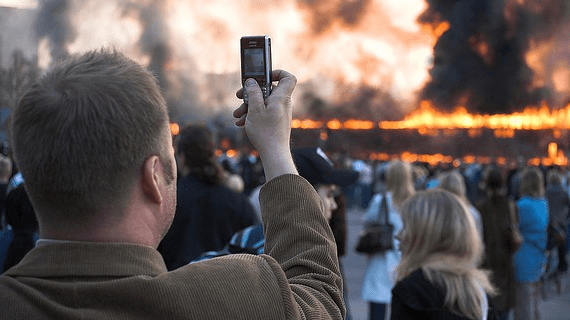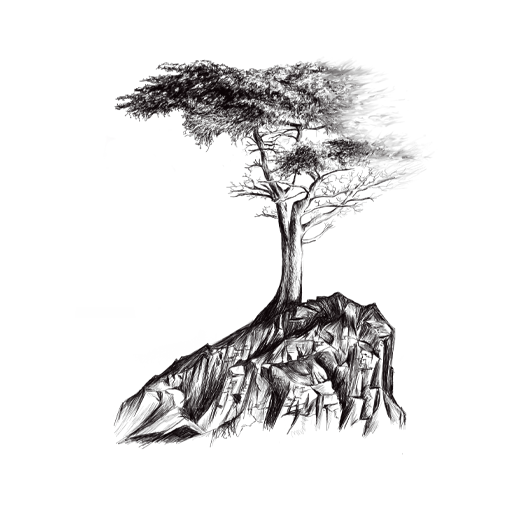Impact of Social Media

I am often asked, “Bob, there is a lot of discussion regarding the impact of social media in a crisis situation. Can you please throw some light on the impact vis-a-vis that of the traditional media?” Also, “Do you think that in the long term the viewer/reader better remembers/recalls the news items that the traditional media puts out as compared with what he/she reads on the web?” Here is what we tell people:
In traditional media, events are reported and then discussed. The goal is to provide an overall picture of the event. So coverage includes analysis and offering of various opinions. Sometimes commentators include discussions on the consequences of the event. Several stories will also be linked together. This provides a big picture narrative – narratives that help the consumer draw a logical and reasonable conclusion. It also relieves the consumer of having to collect information from various outlets and verify facts or consider the context in which the information is received. Of course, there is the risk that traditional media outlets, in a rush to report the news, do not verify all of the facts or that the experts quoted are not true experts.
In social media, events reported there do not include the analysis or linking together. There are just various reports that need to be pieced together to provide meaning and context. This type of reporting requires the consumer to collect information from the various feeds. They then must interpret it and examine it. There is often no fact checking or verification. In some cases it is not needed. For example in an event with both fatalities and injuries, a health care worker might tweet, “we received no survivors at the hospital.” This is a factual statement from their viewpoint, but does it mean that the person making the tweet has visibility over all intakes in their hospital or other hospitals? In traditional media, those questions would be asked and researched so that the information is provided in context. In social media, it is the observation of one person at that point in time. Social media requires the consumer to fact check the information or take it and share it at face value. Then they must draw their own conclusions, which may be accurate or inaccurate.
So what does this mean? It is rather simple: use the various outlets as (1) tools to communicate your message and (2) tools to collect information. This information can then be used to help your response, and help guide your communications.
Firstly, in the example above – you provide updates to traditional media, including trained spokespeople (ideally the CEO). Your message is straightforward. You are aware of the event, you have a crisis management plan you have resourced and activated, and your concern is for the welfare of those people directly affected by the event. This is for the mainstream, and should be fed to those outlets, and social media also.
Secondly, your team monitors the social media outlets and when they see a mention (e.g., a tweet or a Facebook post) about no survivors, they can pass that to your data management team who should be working with various hospitals to collect information. The data management team can then get back to your communications team. They can then put the information in context. In this case, it might be that the survivors went to specific hospitals so one hospital did not receive any.
To manage the communications requires a trained and resourced communications team, one that is integrated into an overall program.
As to what people remember, there are various studies done on retention rates of television or web-based news versus print media. The consensus is that printed communication is retained more often that those on the television or web. In our experience, what is remembered and what drives future actions – ticket sales, lawsuits, and perceptions, is the care and compassion shown by the organization. Not the sensation of the event. People know humans make mistakes. So we can never prevent 100% of bad things that happen. What they look for, since we know bad things happen, is what plan is in place to respond and care for people.
